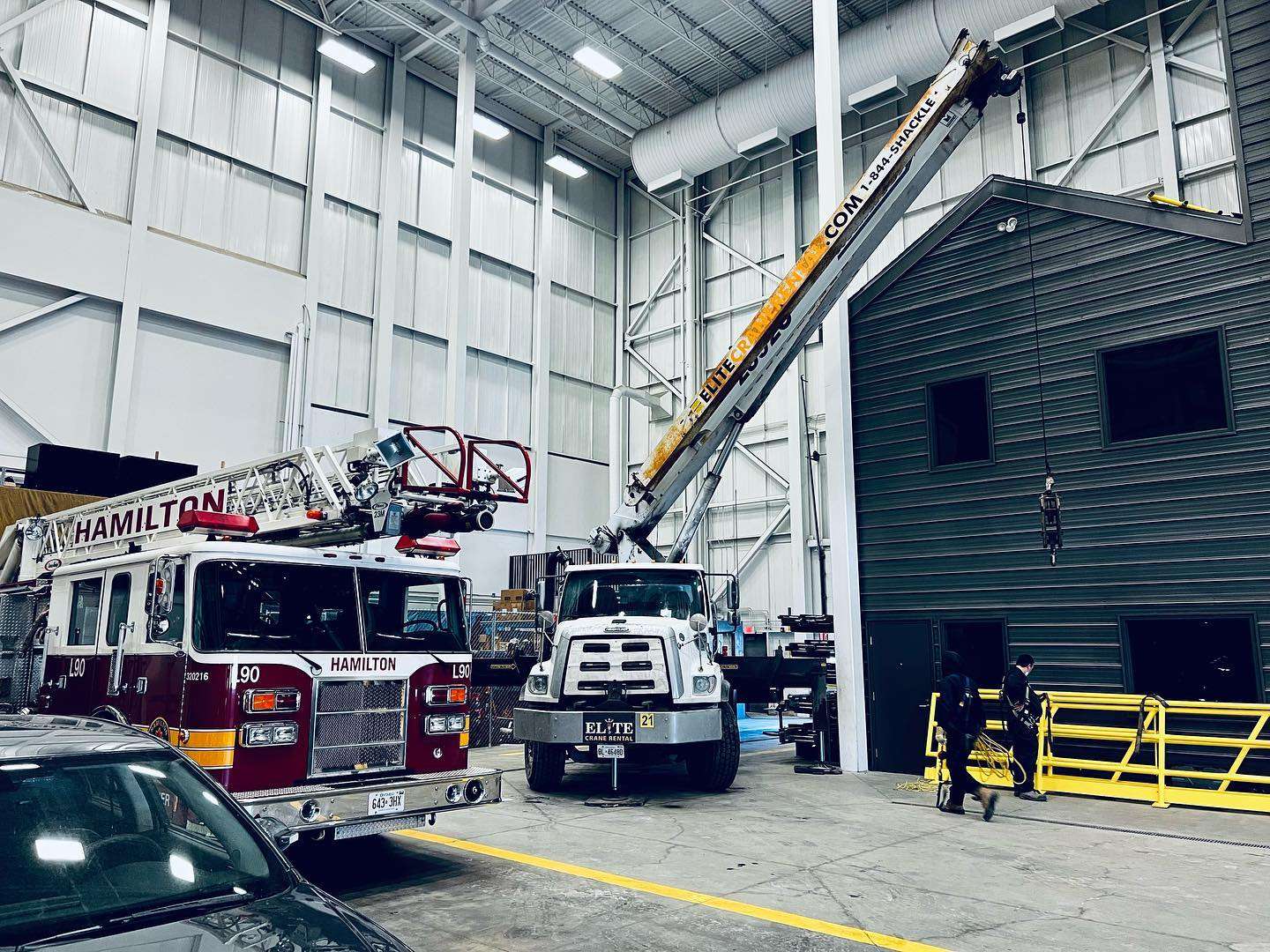Network Technicians install, maintain and diagnose Local Area Networks (LANs), Wide Area Networks (WANs) and data communication hardware. They also test and analyze network-related issues reported by regular users. These technicians play a vital role in the business world, as many corporations make great use of computer networks to enhance collaboration and communication within and outside the company.
A computer networking technician can be hired by an individual or by a computer service provider (CSP). An individual or small network may need an assistant to assist them in diagnosing and repairing network hardware, so large corporations and enterprises may have a full-time network technician on call to troubleshoot and resolve network issues.
A Network Technician can either work independently or is contracted out by a computer service provider. This is because a network is a highly complex system consisting of hundreds of different hardware and software components. A technician who works independently will need to be equipped with the appropriate knowledge and skill sets to complete his job.
It’s not uncommon for small businesses to hire network technicians on a contract basis. Network technicians are usually employed by small businesses that only have one or two employees, and often these companies do not have the resources necessary to provide the necessary training. On the other hand, a smaller corporation may not be able to afford to hire a full-time network technician, which is why many business owners hire network technicians on a contractual basis.
Most Network Technicians work from their homes, but there are some who work for larger companies. Large companies often have several Network Technicians working from their home, which allows them to keep one location to handle all of their networks, instead of having to travel to each and every location they service. For this reason, most Network Technicians work in a dedicated office, such as the ones used by big telecommunications corporations. They will usually meet the clients at the office entrance, where they receive all of the necessary information related to the job and will make sure that the clients are properly briefed on the job requirements.
Network technicians are also responsible for maintaining the security of networks, as they help to protect the networks and servers that connect the data to the rest of the company and the network. Many Network Technicians will also take care of the maintenance of internal networks by performing troubleshooting and patching procedures.
Network Technician Job Description
A Network Technician can be defined as an IT professional who supports network technology and networks. The main role of a Network Technicians is: Design and install network devices, cabling and connections. He will also troubleshoot networking equipment if necessary. He can also provide training in the installation of network technology. In most organizations, he is considered to be a very important member of the network team.
In the recent past, network technicians were considered as highly skilled and experienced professionals. They were able to perform complex tasks like network configuration management, hardware maintenance, software setup, management of the entire system, and security policy. The network technicians also designed and installed hardware and software networks.
Today, however, it is no longer the case. More companies are looking for Network Technicians to do the job of an administrator. This way they can focus more on providing technical support and solutions to their clients. Instead of spending all your time designing and installing networks, you can also spend more time training other people about network technology.
A Network Technician Job Description will differ from one company to another. For example, some companies look for technicians who have worked with networking before. On the other hand, some companies only consider technicians who already have a lot of experience with the network technology.
There are different networks that can be used by Network Technicians. These include Wide Area Networks (WANs), Local Area Networks (LANs), Wide Area Networks (WAN/LAN) or Public Switched Networks. Each type has its own set of specifications which are different for each network. The Network Specialist Job Description will have to be specifically designed for each type of network. The specification may vary based on the type of network and the size of the network.
A Network Technician Job Description is very important for people who want to become a network specialist. It contains important information about the network technology that a person will use and how he can use that technology.
An example of the Network Technician Job Description is “Network Installation Specialist”. A Network Installation Specialist will have to learn how to install and configure networks based on his knowledge and expertise.
In order to become a Network Technician Job Description, the technician should first learn about the basics of network hardware and software and then go through the detailed information about the particular type of network that he will be responsible for providing support for. It is also necessary to learn about the latest trends in the network technology and what kind of devices are being used in this field.
One of the other major aspects of Network Technician Job Description is to become familiar with various types of network routing techniques such as routing protocols and the latest routing protocols that have been developed to meet the needs of specific needs of certain network environments. This knowledge should be acquired through research and discussions with other professionals.










